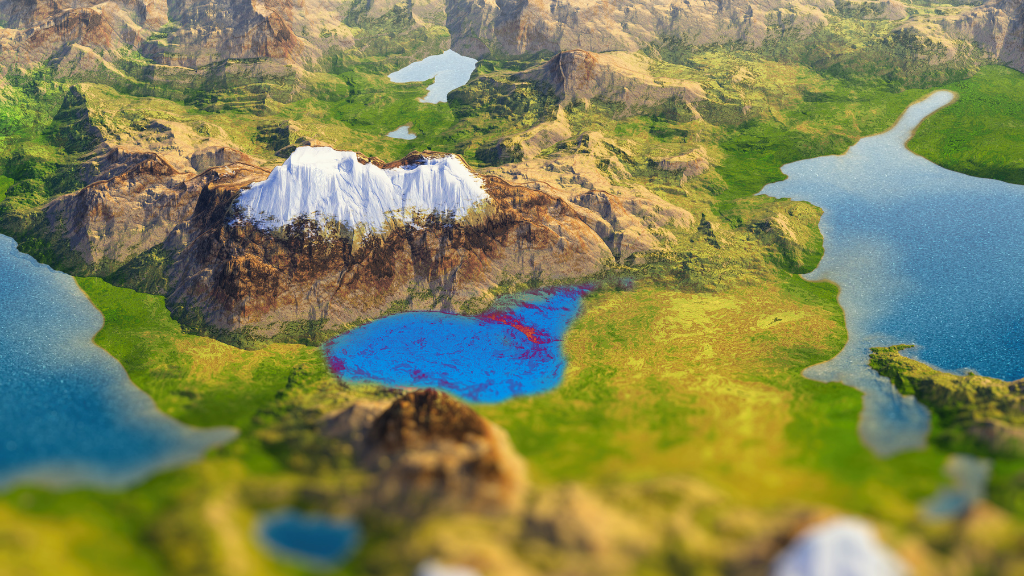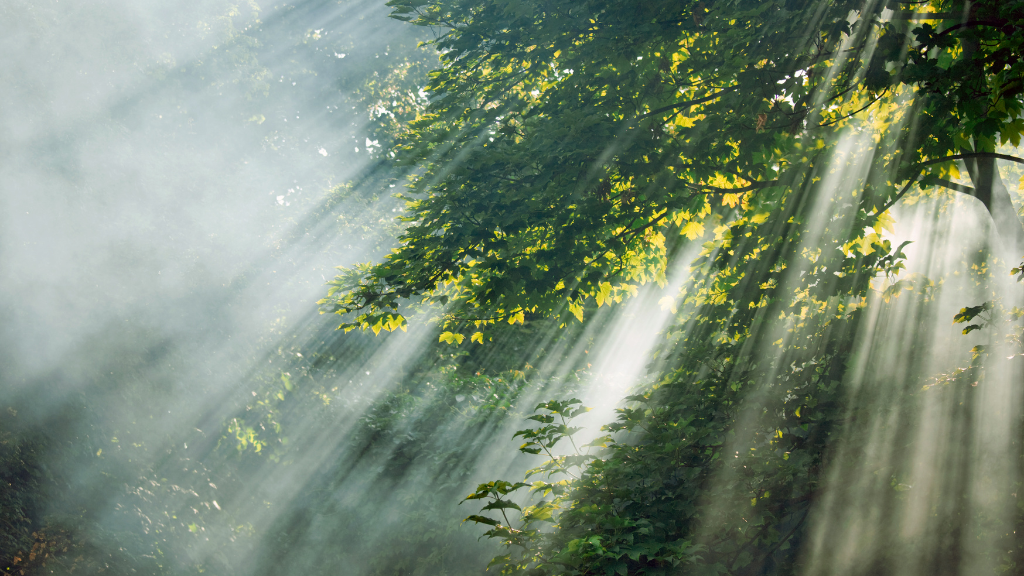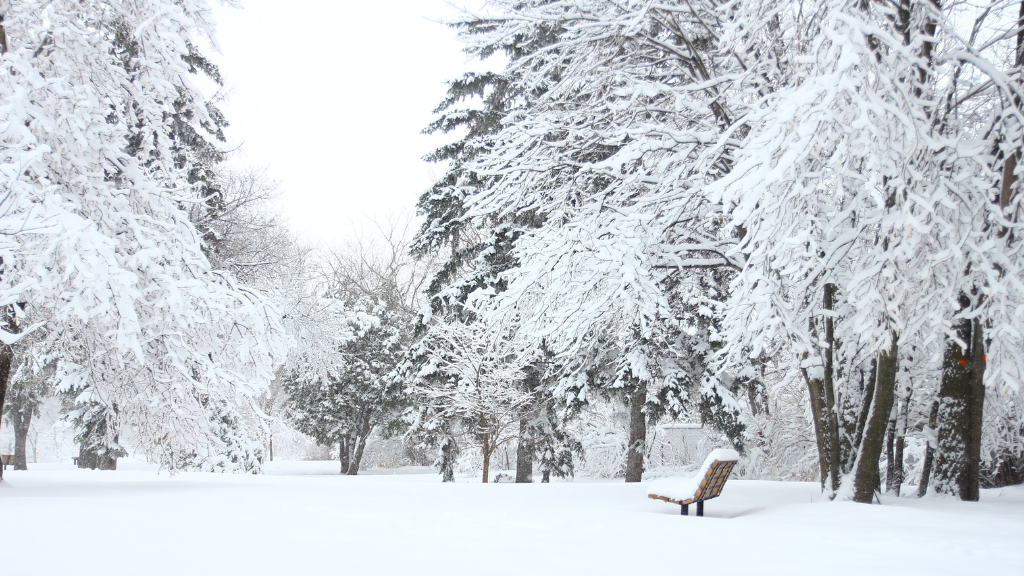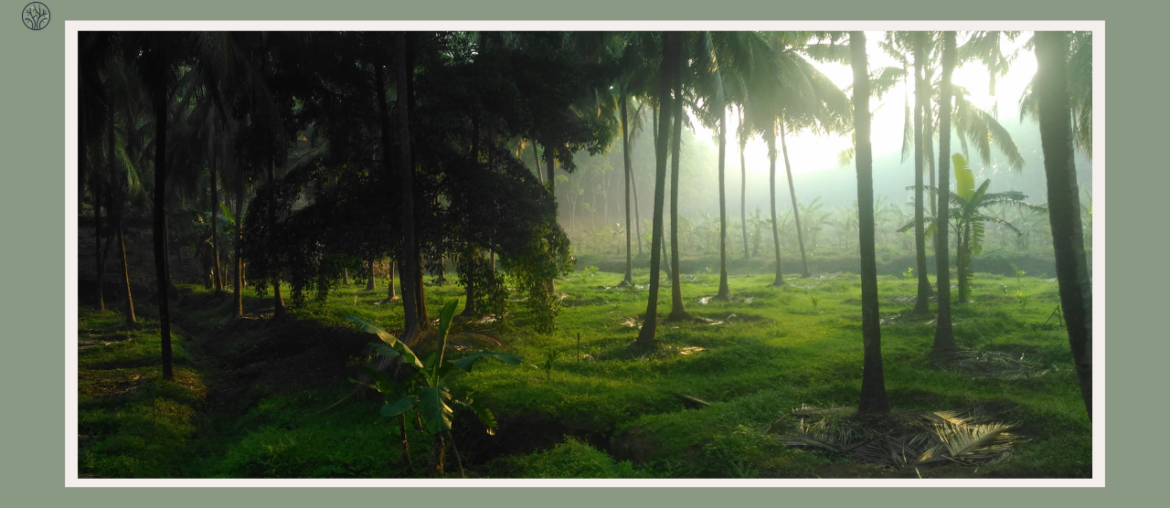Covering about 25% of the world’s land surface, temperate forests support a variety of plant and animal life. But what are the non-living factors that shape these forests and influence their functioning? In this article, we will explore five temperate forest abiotic factors: topography, water, sunlight, temperature, and soil. We will also look at some other factors that affect temperate forests, such as fire, wind, and human activities.
1. Topography

Topography is the shape of the land, and it has a significant impact on the temperate forest ecosystem. It affects the climate, the water cycle, and the biodiversity of the forest. Let’s explore how topography shapes the temperate forest in different ways.
The Rugged Terrain
Temperate forests can be found on various terrains, from gentle hills to steep mountains. The elevation of the land affects the temperature and rainfall of the forest. Higher areas are usually colder and wetter, while lower areas are warmer and drier. These differences create microclimates within the forest, where different plants and animals can live.
Water’s Journey
Topography also determines how water moves through the forest. Water flows from higher to lower areas, forming streams and rivers that nourish the forest. The slope of the land affects the speed and direction of water flow. Steep slopes cause water to flow faster, which can erode the soil and wash away nutrients. Flat areas tend to hold water, creating wetlands that support diverse life forms.
Biodiversity Hotspots
The variety of topography provides many habitats for different species. Some organisms prefer the cool, shady valleys, while others enjoy the sunny, exposed hills. These elevation-based habitats are essential for maintaining the high biodiversity of the temperate forest.
2. Water

Water is essential for the temperate forest ecosystem. It shapes the climate, the landscape, and the biodiversity of the forest. Let’s see how water interacts with the forest in various ways.
Precipitation Patterns
Temperate forests receive rain and snow according to the seasons. The amount and timing of precipitation depend on the topography and location of the forest. For example, temperate forests near the coast have more rainfall all year round, while those inland have drier summers. This seasonal variation of water affects the forest’s growth and renewal.
Water Bodies
Temperate forests are home to many lakes, rivers, and streams. These water bodies host a variety of aquatic life forms. They also help animals move around the forest. In winter, they freeze over, allowing animals to cross over them. The calm waters of ponds and lakes are often decorated with lilies and other water plants, enhancing the beauty of the forest.
Forest Hydration
Rainwater seeps into the forest soil, filling up underground water sources. Trees also help in this process by taking up and releasing water through their leaves. This is called transpiration. This constant movement of water helps regulate the forest’s temperature and humidity and provides water for its living things.
Water’s Impact
However, water can also be harmful to the forest. Too much rain can cause flooding, which can disturb the ecosystem. It can erode the rich topsoil and topple trees, affecting both plants and animals. Therefore, water and the forest’s inhabitants need to balance and adapt to each other.
3. Sunlight

Sunlight is the main source of energy for the temperate forest ecosystem. It affects the climate, the vegetation, and the biodiversity of the forest. Let’s see how sunlight interacts with the forest in different ways.
The Forest Canopy
Sunlight’s journey starts at the forest canopy, where the tallest trees form a patchwork of light and shade. This contrast of light and dark affects the growth of plants below, influencing their ability to make food from light. Some plants like the shadows, while others compete for the sun’s rays, growing toward the source of life.
Seasonal Fluctuations
Temperate forests enjoy the beauty of all four seasons, and sunlight’s strength changes accordingly. Spring and summer bring a surge of activity as leaves grow, creating a thick, green canopy. In autumn, the forest changes into a painting of bright colors as leaves get ready to fall. In winter, the bare trees let more light reach the forest ground, creating a magical effect on the snow-covered scenery.
Plant Adaptations
Plants in temperate forests have developed amazing ways to deal with these seasonal changes in sunlight. Deciduous trees, for example, lose their leaves to save water and energy during the cold winter months. Evergreen trees, on the other hand, keep their needles all year long, making the most of their ability to make food from light even in the middle of winter.
4. Temperature

Temperature is the main factor that affects the temperate forest ecosystem. It determines the climate, the vegetation, and the biodiversity of the forest. Let’s see how temperature interacts with the forest in different ways.
Seasonal Variability
Temperate forests have moderate temperature ranges, which change with the seasons. Winters are cold, often with snowfall, while summers are warm. These temperature changes affect both plants and animals in many ways.
Hibernation and Migration
Many animals in temperate forests have adapted to the winter cold. Some hibernate, sleeping until the weather gets warmer. Others migrate, looking for warmer places. For example, the monarch butterfly travels from North America to Mexico, avoiding the cold.
Growth Cycles
Temperature also affects the growth cycles of plants. Spring’s mild temperature stimulates the flowering of wildflowers, while hotter summers boost the growth of leaves and stems. As temperatures fall in autumn, deciduous trees get ready for winter by losing chlorophyll from their leaves, showing the beautiful colors of fall.
5. Soil

Soil is the foundation of the temperate forest ecosystem. It supports the growth of plants and animals in the forest.
Forest Floor Composition
Temperate forest soils are often rich in organic matter, thanks to the constant cycle of leaves and decomposition. This organic layer, called humus, provides essential nutrients for the forest’s plants. As leaves fall and rot, they release nutrients into the soil, helping new plants grow.
Soil Texture
The texture of soil in temperate forests can vary a lot, from loamy to sandy or clay-like. These differences affect how much water the soil can hold, how much air it can let in, and how well it can drain water. Loamy soils, a balanced mix of sand, silt, and clay, are often the most fertile and support a wide range of plant species.
Role in Nutrient Cycling
Soil in temperate forests plays a key role in the nutrient cycle. Fungi, bacteria, and other tiny organisms live on the forest floor, breaking down organic matter and releasing nutrients back into the ecosystem. This complex web of life in the soil ensures a steady supply of important elements for the forest’s plants.
Human Impact
Human activities, such as cutting down trees and building cities, can harm temperate forest soils. These actions can disturb the delicate balance of nutrient cycling and lead to soil damage. Protecting the quality of the forest floor is important for the overall health of the temperate forest ecosystem.
The amazing interaction of topography, water, sunlight, temperature, and soil creates a beautiful harmony within the temperate forest ecosystem. Each abiotic factor adds to the unique character of this environment, nurturing its incredible biodiversity and stunning beauty. In the next section, we will explore more factors and ideas from the provided link, revealing more about the fascinating world of temperate forests.
Other Factors
Microclimates
Temperate forests have microclimates, which are small areas with different climates than the rest of the ecosystem. These microclimates are affected by things like topography, canopy cover, and water bodies. Microclimates create special habitats for different species, allowing them to live in specific conditions.
Wind Patterns
Wind also affects the temperate forest ecosystem. It can spread seeds and pollen, helping plants reproduce. It also affects the temperature by bringing cold or warm air, changing the forest’s climate.
Nutrient Cycling
Besides the soil, the cycling of elements like carbon, nitrogen, and phosphorus is an important part of the temperate forest ecosystem. The breaking down of organic matter by fungi, insects, and tiny organisms helps recycle essential nutrients and support plant growth.
Disturbance Events
Disturbance events, such as fires and storms, are natural events that happen in temperate forests. While they can be harmful, they also have a positive role. They clear out old plants, making room for new ones and giving chances for some species to grow.
Human Influence
Human activity has a big impact on temperate forests. Cutting down trees, building cities, and polluting can damage the ecosystem. Protecting the forest is important to keep the balance of this delicate ecosystem and make sure it lasts for future generations.
Biological Interactions
Interactions between species are another factor in temperate forests. Predation, competition, and mutualism all shape the forest’s structure and dynamics. The connected web of life within the forest is a topic of ongoing scientific research and interest.
Conclusion
As we explore more of the hidden layers of the temperate forest, we discover a world of complexity and wonder, where even the smallest factor can affect the whole ecosystem. These temperate forest abiotic factors have added diversity and resilience to the ecosystem.









